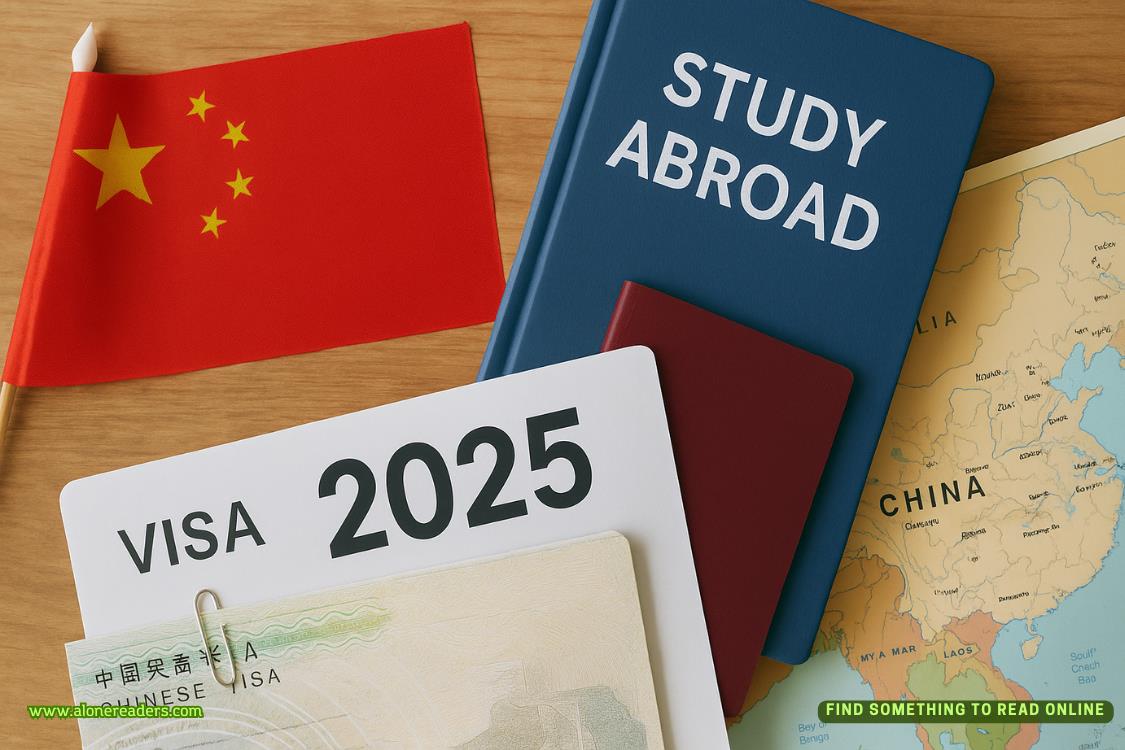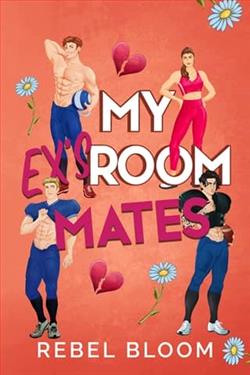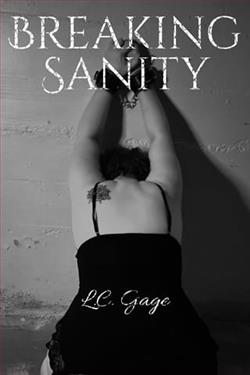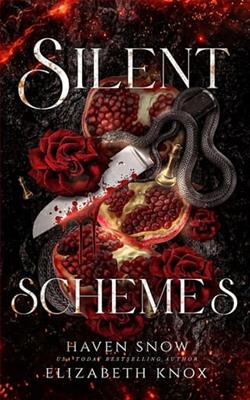Page 62 of The Art of Theft
“At the time I thought that implied some sort of criminal underbelly to Château Vaudrieu—it very well still could. But the unavailability of professional burglars could also serve as further evidence that Mrs. Watson’s friend isn’t the only one being pressured to steal art from the yuletide masquerade ball. That she, coming from abroad, had a later start than everyone else and therefore could only resort to English thieves, after all the good French ones had been pledged elsewhere.”
Livia hadn’t thought of it at all. She glanced at Mr. Marbleton. He winked at her and touched a hand to his hair. He’d sent her a lovely bouquet to thank her for caring for him after his near-brush with hypothermia. And today, before leaving her room, she’d tucked a single stephanotis blossom from the bouquet into her coiffure.
She hesitated a moment and winked back.
“Last night Mrs. Watson called on her friend and obtained the actual blackmail letter her friend received,” Charlotte went on, and passed a photograph to Livia, who sat next to her.
Aphotograph?
The words of the letter that had been photographed were clear and readable. But still, how odd. She studied it a bit longer, then handed it to Mr. Marbleton across the table from her. Their fingers brushed at the moment of transition, a lovely sensation.
When the photograph reached Lord Ingram, Charlotte said, “I believe that this photograph was sent, rather than the letter in the photograph, because that letter had not been handwritten, but produced via a Cyclostyle.”
“What’s that?” Livia and Mrs. Watson asked at the same time.
“A stencil duplicator. You write with a special stylus on wax-coated paper. The tip of the stylus breaks through the wax coating and leaves you with a stencil of the text you want. And then you can push an ink roller over the stencil and end up with a decent copy of the original. It’s very useful for businesses. Suppose you need ten copies of something. It’s too small a run to take to a printer, yet it’s tedious work copying by hand, not to mention prone to errors.”
Livia didn’t know about the Cyclostyle because she had never worked in an office, nor needed ten exact copies of anything. She supposed that must be the case for Mrs. Watson also. Charlotte, likewise, had never worked in an office. But Charlotte read Patent Office catalogues and was conversant with any number of new inventions she’d never used or even seen in her life.
“If you’ll notice,” said Charlotte, “in this photographed letter, where the artist and the title of the artwork are mentioned, these words, ‘Depositionby Van Dyck,’ are noticeably more stretched out than the others, and still there seems to be extra space before and after that particular phrase.”
Livia hadn’t noticed that particular detail at all. The photographwas still going around the table, and when it came back to her, she saw that Charlotte was right.
She glanced up at Charlotte. “So... you’re saying that the extortionist came up with a general template of a blackmail letter, made a number of exact copies via a Cyclostyle, and specified a different painting on each copy.”
Charlotte nodded. “Precisely. Each copy would have the exact same amount of space reserved for that purpose but ‘Depositionby Van Dyck’ needs a great deal less room than, for example,‘Saint Francis of Assisi in Ecstasyby Caravaggio.’
“And of course all of these deductions would be pure speculation if at Château Vaudrieu I hadn’t come across multiple unrelated parties who seemed to have ulterior purposes similar to ours. I believe it is a member of one of those parties who released the ferrets that caused the chaos in the first gallery.”
Livia sucked in a breath. She looked again at Mr. Marbleton. His face had become grave.
“So you believe, Miss Charlotte,” he said slowly, “that although the various parties at the château were unrelated, they were all, including us, there because of a common mastermind.”
Livia had arrived at the same conclusion. But hearing those words spoken aloud felt as if someone had kicked her chair.
Unhurriedly, Charlotte took a spoonful of her soup. “At the moment, that is my interpretation of the evidence. Here’s something else: When our ally went to steal a copy of Château Vaudrieu’s architectural plans, there was some extra room in the drawer in which the architectural plans were located. That by itself might not mean anything, but if I may make so bold a conjecture, what if this mastermind had placed multiple copies of the plans at the architectural firm? And that the other parties, arriving earlier on the scene, took most of the copies, resulting in the space in the drawer our ally noticed?”
Livia barely had a moment to chew over this idea before Charlotte said, “Lord Ingram, will you speak of your discoveries?”
Lord Ingram gave a concise account of his evening, in particular the two branching tunnels that led to secret passages, with tripods set before spy holes that peered into bedrooms.
“It’s my opinion that the tripods are meant to support cameras. And the cameras are meant to photograph unsuspecting guests in private moments. The ball at Château Vaudrieu is a masquerade ball. Such occasions are not necessarily less than respectable, but attendees, believing in their anonymity for the night, might feel a little bolder in indulging in conduct they normally wouldn’t engage in.”
Livia didn’t know where to look—certainly not at Mr. Marbleton this time. They were verging on topics that, in polite society at least, did not come up in mixed company, certainly not when there were unmarried young women present.
“Quite so,” said Charlotte, who appeared to feel none of Livia’s discomfort. She was finished with her soup and served herself some carrot salad. “I mentioned at our previous conference that the art dealer I visited, Monsieur Sauveterre, seemed wary of Château Vaudrieu. We met again before the reception, and this time his warning was unambiguous. He said if I was determined to see the château for myself, then I must be ‘wary and prudent.’ In light of what Lord Ingram discovered, M. Sauveterre’s strenuous advice makes much more sense. Those who are unwary and imprudent have their unwise acts photographed.
“Artworks have been known to exchange hands at Château Vaudrieu, on the night of the ball, for twice as much as similar pieces fetch elsewhere. What if this is how Château Vaudrieu profits from the evidence it has in stock? A gentleman caught in the embrace of another gentleman last December? Well, this December he must pay double what a painting is worth on the open market.
“And even with those paintings available for sale, we don’t know whether they come from willing sellers—some owners could very well be forced to give up family heirlooms to avoid scandalous photographs surfacing.” Charlotte looked around the table. “The beauty of this scheme is that there are most likely legitimate transactions at Château Vaudrieu as well, and the market for art is known for its occasional outliers, both of which help to disguise the irregularities.”
“So... this entire masquerade ball is a racket,” whispered Livia, her fingers tight around her knife and fork.
“That would be putting it mildly,” said Charlotte.
“But if it’s the people at the château carrying out these dastardly deeds,” asked Mr. Marbleton, puzzled, “then why would they want the targets of their blackmail to disrupt this year’s ball? Or is there more than one set of blackmailers?”
“That perplexes me, too, and I have no good answer for you,” answered Charlotte. “It’s possible that there is some sort of internal schism. Will you talk a little of the tapping in code, my lord?”















